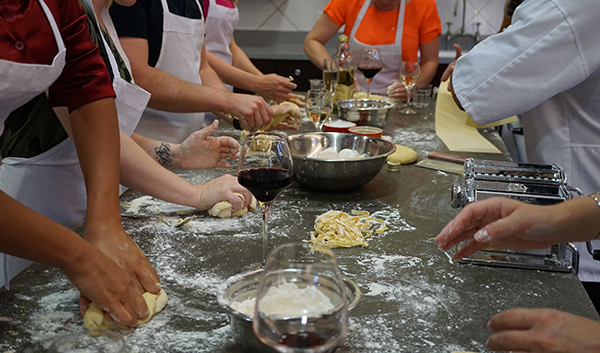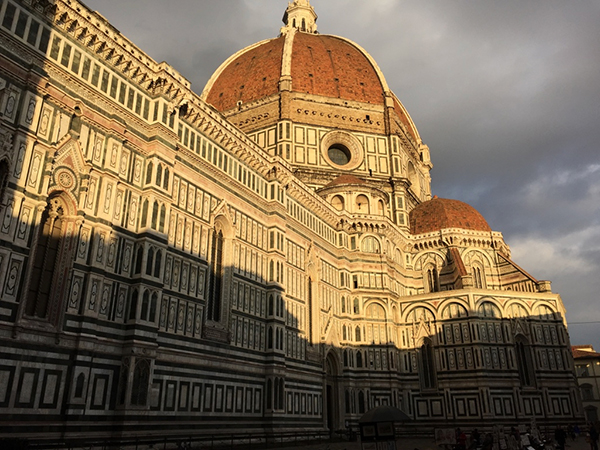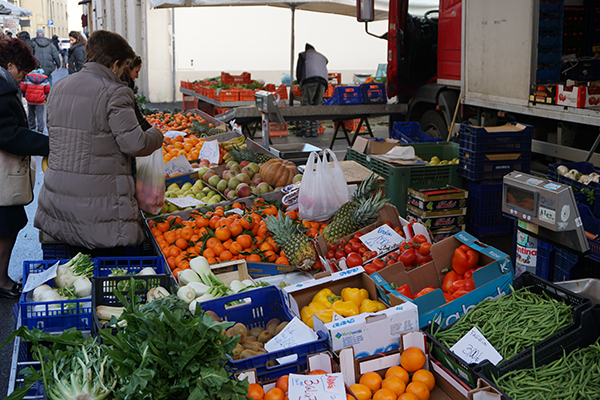For Italians, mealtime is a social and friendly affair. Italians love to take their time, savoring each course and enjoying good company and great wine. Meals can take several hours with plenty of time for socializing and if the weather is nice, soaking up the beautiful sun. It can be intimidating to understand what all the courses are and the cadence of the meal in Italy. To help put you at ease, we’ve put together some information on eating dinner like an Italian.
So what are all the typical courses of an Italian dinner? Well, after you’ve had your aperitivo (more on that in an upcoming blog) where you’ve enjoyed a pre-dinner drink with a few snacks at a bar or café and shared the latest news with your friends over a glass of wine or two (or spirits or prosecco), now it’s time for dinner.
Assuming you are dining in a ristorante (we will also write more on the differences between the various types of places to eat in Italy), generally the courses are as follows: antipasto, primo, secondo (with contorno) and dolce. Of course, not everyone orders or eats all the courses and that’s the beauty of it all—the point is to have a great time and enjoy life. La Dolce Vita!
Now, let’s start with the antipasto (no pun intended). This is the starter course and it can consist of charcuterie, cheese and bread or it can simply be a beautiful bruschetta made with fresh tomatoes and extra virgin olive oil. The next course, il primo, is the first course. Typical first courses or primi (plural for primo) are pasta, soup, gnocchi and risotto. Portion sizes tend to be smaller than in the US so you should still have room for the main course, il secondo! Generally this is your meat or seafood course. Depending on the region where you are dining, you can choose from various seafood or meat options. In Tuscany, the bistecca alla fiorentina is your best option if you love steak. It’s tender, juicy and grilled to perfection after having been drizzled with olive oil and herbs. Magnifico! Also, Italians normally order a contorno or a side with the secondo and the contorno is usually vegetables (raw or cooked). I tend to order a salad—arugula salad to compliment the taste of the steak. I add a little extra virgin olive oil, squeeze a fresh lemon and add a dash of salt to my arugula salad.
The last course is the dolce or dessert. There are many delicious options to choose from including tiramisu, panna cotta, cake or gelato. Keep in mind, wine is served during the meal and after dinner, most Italians have an espresso (no milk). Some Italians will also have a digestivo to aid in digestion after dinner. Generally, the digestive after the meal is a grappa, amaro or limoncello (depending on the region of Italy).
I hope you find this content helpful in living like a local. Please feel free to send us any topic you are interested in learning more about and we’ll be happy to write about it. In the meantime, Buon Appetito!


















